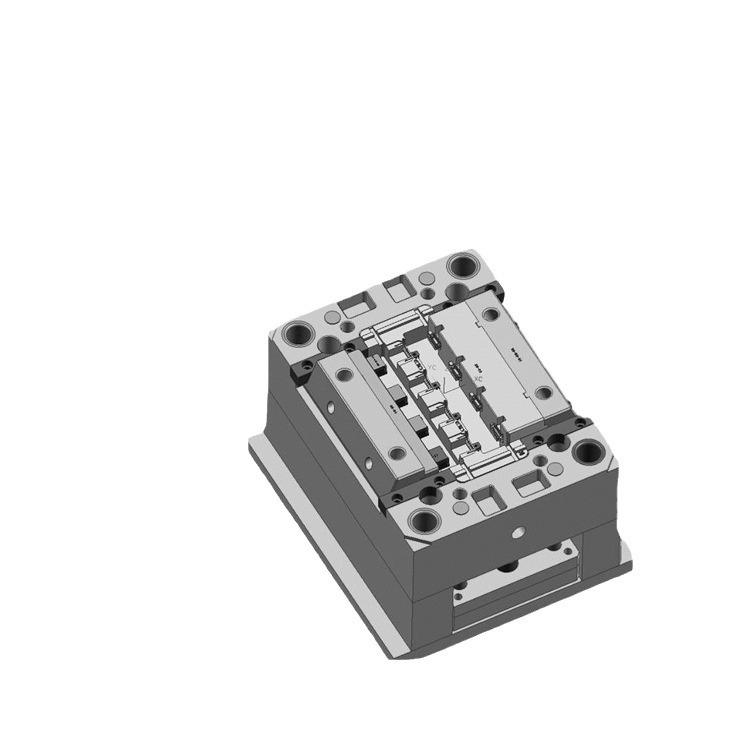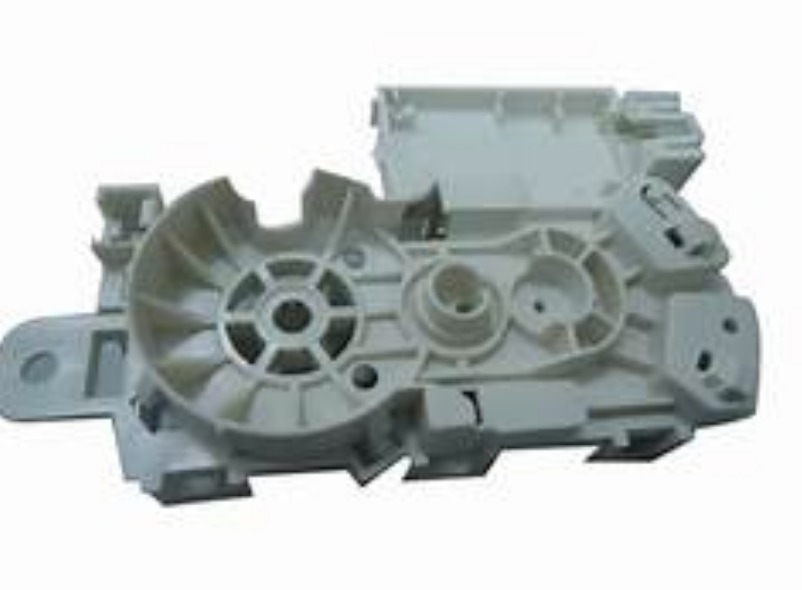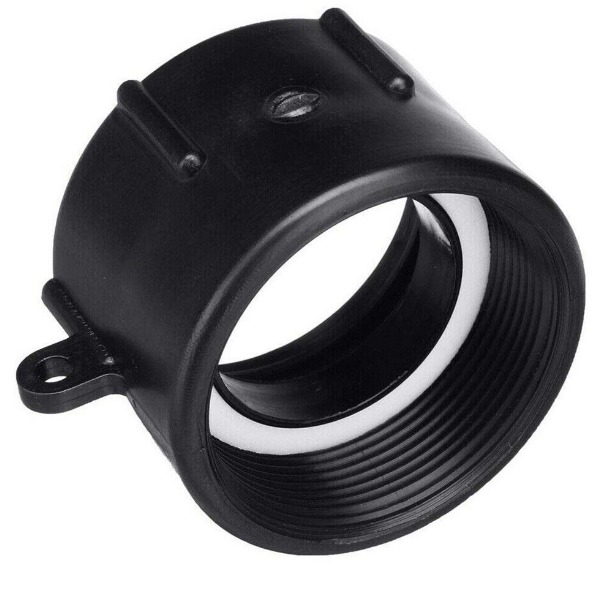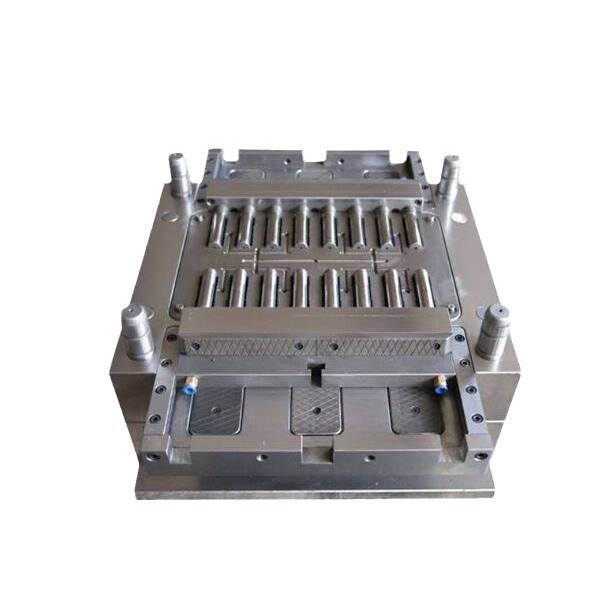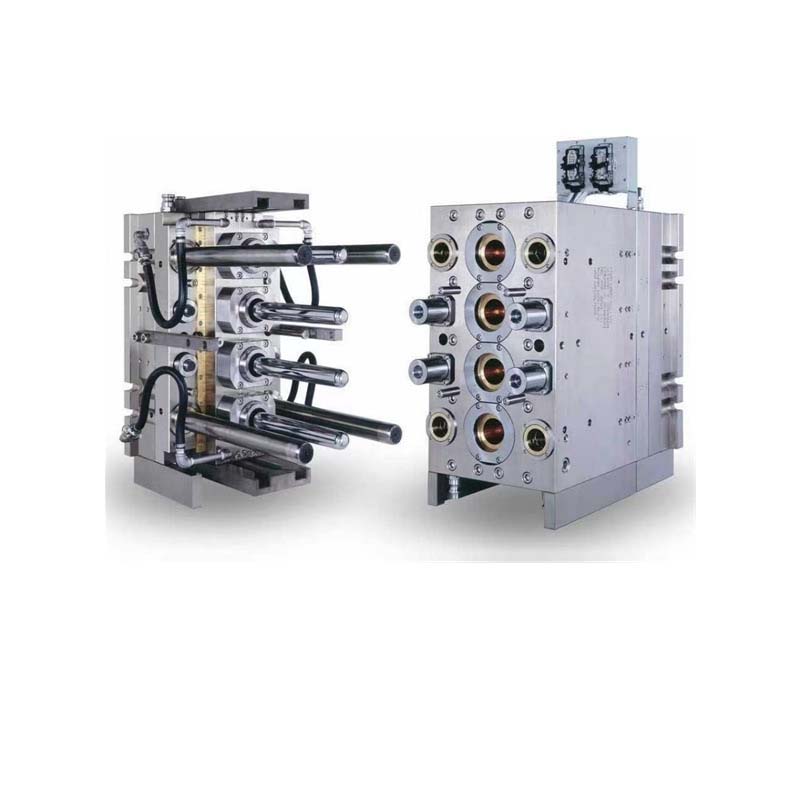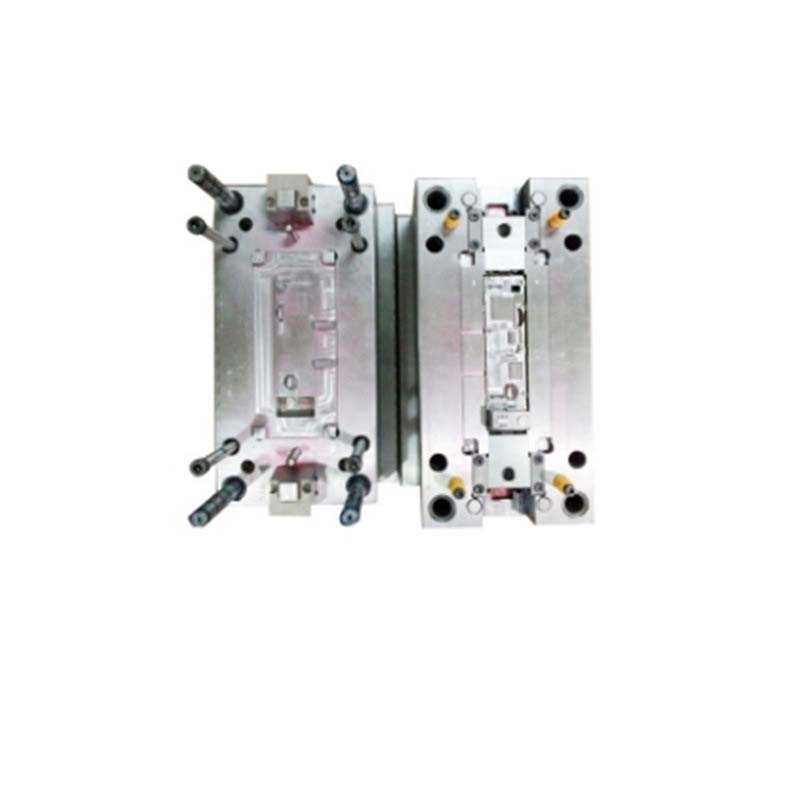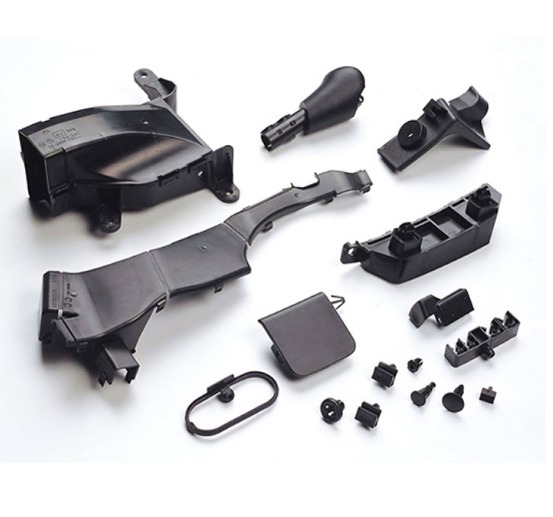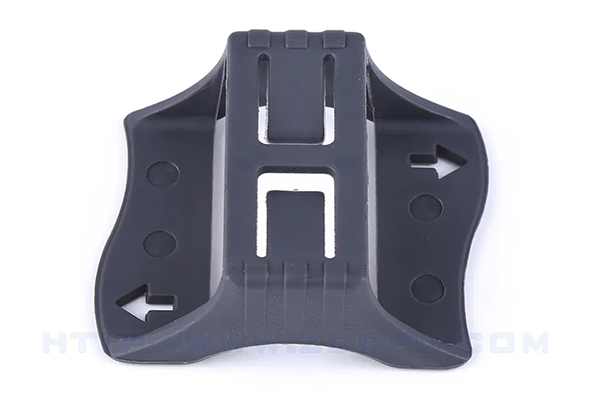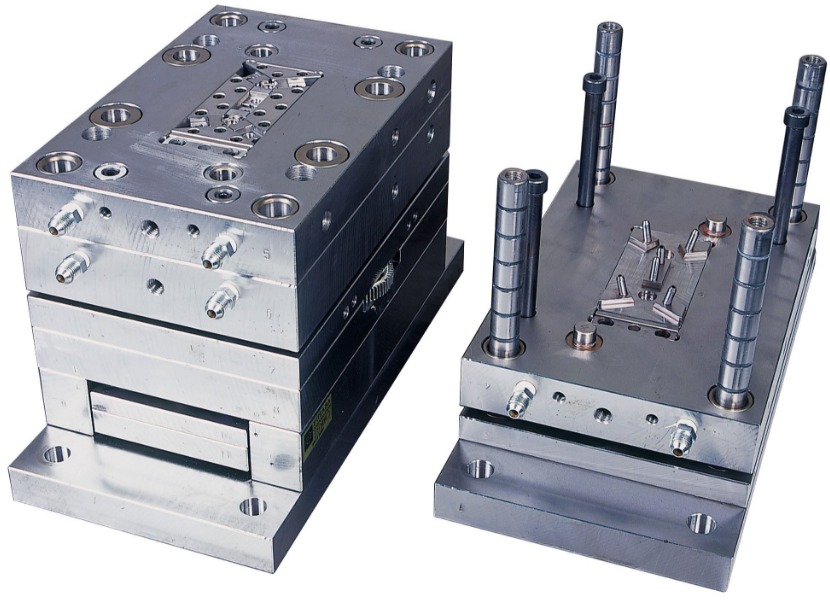Introduction
Understanding Injection Molding
Injection molding is a widely used manufacturing process in the plastics industry. It involves melting plastic pellets and injecting the molten material into a mold cavity under high pressure. Once the plastic cools and solidifies within the mold, the final product is ejected. This process is highly versatile and can produce a vast range of plastic products, from small, intricate components to large, complex parts.
The applications of injection molding span across numerous industries. In the automotive industry, it is used to manufacture parts such as bumpers, dashboards, and interior trims. The electronics sector relies on injection molding for producing cases for smartphones, laptops, and other devices. In the medical field, injection molding is utilized to create disposable syringes, medical device components, and diagnostic equipment parts. Additionally, everyday consumer products like toys, kitchenware, and packaging containers are commonly made through injection molding.
The importance of injection molding lies in its ability to achieve high - volume production with consistent quality. It allows for the efficient replication of complex designs, reducing the need for extensive post - processing. Moreover, the process can accommodate a wide variety of plastic materials, each with its own unique properties, enabling manufacturers to select the most suitable material for a particular application.
How Cold Runner System Works
Components of Cold Runner System
The cold runner system consists of several key components, each playing a vital role in the injection molding process.
- Runner: The runner is the main channel through which the molten plastic flows from the injection nozzle to the mold cavities. It is typically designed with a circular or trapezoidal cross - section. A circular runner, for example, offers less flow resistance to the molten plastic due to its smooth inner surface. According to industry data, a well - designed circular runner can reduce the pressure drop during plastic flow by up to 30% compared to a poorly designed one. In multi - cavity molds, secondary runners may branch out from the main runner to distribute the plastic evenly to each cavity.
- Cold Material Trap (Cold Well): Also known as a cold slug well, this component is located at the end of the sprue or at the start of the runner system. Its primary function is to capture the cold, less - fluid plastic that is the first to enter the runner system when the injection cycle begins. This cold plastic, if allowed to enter the mold cavity, could cause defects such as short shots or inconsistent product quality. A cold well is usually designed with a larger volume than the diameter of the sprue to effectively trap the cold slug. For instance, in a small - scale injection molding setup for producing plastic toys, the cold well might have a volume that is 2 - 3 times the cross - sectional area of the sprue to ensure efficient trapping.
- Gate: The gate is the connection point between the runner and the mold cavity. It controls the flow of the molten plastic into the cavity. There are various types of gates, such as side gates, pin - point gates, and submarine gates. A side gate, which is placed on the side of the mold cavity, is relatively easy to manufacture and is suitable for a wide range of products. A pin - point gate, on the other hand, is very small in diameter (usually around 0.5 - 1.5 mm) and is ideal for products that require a high - quality surface finish as it leaves a small and easily removable gate vestige.
Working Principle
The working principle of the cold runner system can be understood through the following steps:
- Plastic Melting and Injection: First, plastic pellets are fed into the hopper of the injection molding machine. They then enter the heating barrel, where they are heated and melted by the heater bands. The molten plastic is pushed forward by the reciprocating screw. Once the required amount of plastic is accumulated at the front of the screw, the screw moves forward rapidly, injecting the molten plastic at high pressure into the cold runner system through the sprue.
- Flow in the Runner: As the molten plastic enters the runner, it travels through the main runner and then branches out to the secondary runners (in multi - cavity molds). The runner is designed to maintain a relatively high temperature to keep the plastic in a molten state. However, the outer surface of the runner is cooled by the surrounding mold plates to prevent excessive heat transfer to the mold. This temperature differential helps in maintaining the flowability of the plastic while also ensuring that the mold temperature remains within the optimal range for proper product formation.
- Entering the Cavity: When the molten plastic reaches the gate, it enters the mold cavity. The gate acts as a flow restrictor, regulating the rate at which the plastic enters the cavity. This is crucial for ensuring a uniform fill of the cavity and preventing issues like jetting (where the plastic shoots into the cavity in a non - uniform stream).
- Cooling and Solidification: Inside the cavity, the plastic begins to cool and solidify due to the heat transfer to the cooler mold walls. As the plastic solidifies, it takes the shape of the mold cavity. Once the plastic has fully solidified, the mold opens, and the finished product is ejected. The runner system, being kept relatively hot, still contains molten plastic, ready for the next injection cycle without the need to re - heat the runner material as in a hot runner system or discard solidified runner material as in a conventional cold runner system with waste.
Comparison with Other Runner Systems
Hot Runner System
When comparing the cold runner system with the hot runner system, several key differences emerge, especially in terms of cost, efficiency, and product quality.
- Cost:
- Initial Investment: The hot runner system generally has a higher initial investment. For example, a basic hot runner system for a small - scale injection molding machine can cost around \(5,000 - \)10,000, while a comparable cold runner system might cost \(2,000 - \)5,000. This is due to the complex heating elements, temperature controllers, and precision - made components in the hot runner system.
- Operating Cost: In terms of operating cost, the hot runner system incurs continuous energy consumption to keep the runner and nozzle at a high temperature. According to industry estimates, a medium - sized injection molding operation using a hot runner system can spend an additional \(500 - \)1000 per month on electricity. In contrast, the cold runner system has negligible energy consumption related to the runner system itself.
- Efficiency:
- Cycle Time: The hot runner system can potentially reduce the cycle time as there is no need to solidify and eject the runner material. In some high - speed injection molding processes, the cycle time can be reduced by 10 - 20% compared to a cold runner system. However, the cold runner system also has its own advantages in terms of simplicity and quick setup for certain applications.
- Productivity: With a hot runner system, the absence of runner waste allows for more continuous production. But the cold runner system can be more suitable for low - volume production runs where the simplicity of the system outweighs the benefits of a hot runner.
- Product Quality:
- Weld Lines: The hot runner system can reduce the formation of weld lines in some cases because it allows for more uniform filling of the mold cavity. However, a well - designed cold runner system can also effectively manage the flow of plastic to minimize weld lines.
- Surface Finish: A hot runner system may offer a slightly better surface finish in some applications due to the more consistent temperature of the molten plastic entering the cavity. But proper gate design and cooling in a cold runner system can also achieve a high - quality surface finish.
Conventional Runner System
The cold runner system also differs significantly from the conventional runner system, as shown in the following table:
| Comparison Items | Cold Runner System | Conventional Runner System |
| Material Utilization | Higher material utilization as the runner material can be recycled. Typically, the waste rate of the cold runner system can be reduced to 10 - 20% with proper recycling. | Lower material utilization. In a conventional runner system, the solidified runner material is often discarded, resulting in a waste rate of 30 - 50% in some cases. |
| Molding Cycle | Can have a relatively short molding cycle, especially when optimized for fast cooling. The cycle time can be around 15 - 30 seconds for small - to - medium - sized products. | Longer molding cycle in many cases. Since the entire runner system needs to cool down before ejection, the cycle time can be 20 - 40 seconds for similar products. |
| Complexity of Mold Design | Moderate complexity. While it requires careful design of the runner layout and gate placement, it is generally less complex than a hot runner system. | Relatively simple in basic form, but achieving high - quality results in multi - cavity molds can still be challenging in terms of ensuring even plastic flow. |
| Cost of Mold | Usually has a lower mold cost compared to a hot runner system. A mold with a cold runner system can cost 20 - 30% less than a mold with a hot runner system for the same product. | Generally has the lowest mold cost among the three systems, but the long - term cost due to high material waste may offset this initial advantage. |
Considerations When Using Cold Runner System
Initial Investment
When considering the implementation of a cold runner system in injection molding, the initial investment is a significant factor. The cost of a cold runner system can vary depending on several elements. The purchase of the cold runner equipment itself, including high - quality runners, cold material traps, and gates, can be a substantial expense. For example, a mid - sized cold runner system for a multi - cavity mold might cost between \(3,000 - \)8,000.
In addition to the equipment, mold design plays a crucial role in the initial investment. Designing a mold to accommodate a cold runner system requires careful planning. Mold designers need to ensure that the runner layout is optimized for even plastic flow. This often involves using advanced computer - aided design (CAD) software to simulate the plastic flow and make necessary adjustments. The cost of mold design can add another \(2,000 - \)5,000 to the overall initial investment, especially if complex multi - cavity molds are involved. High - precision molds with intricate cold runner designs may require more expensive machining processes and higher - skilled labor, further increasing the cost.
Maintenance Requirements
Proper maintenance of the cold runner system is essential to ensure its continued efficient operation. Regular inspection of the components is a fundamental maintenance task. The runner channels should be checked for any signs of wear, corrosion, or blockage. Over time, the high - velocity flow of molten plastic can cause erosion in the runner walls. If not detected early, this can lead to inconsistent plastic flow and defects in the molded products. For instance, a blocked runner due to the accumulation of plastic debris can result in short shots in the injection molding process.
Lubrication of moving parts, such as gates that may have sliding or rotating components, is also important. Using the right type of lubricant suitable for the high - temperature environment of injection molding is crucial. A wrong lubricant can break down under heat, causing it to contaminate the plastic material or damage the components. Additionally, the cooling channels in the mold, which are related to the cold runner system's function, need to be regularly cleaned to prevent the build - up of scale or other deposits that could impede heat transfer and affect the cooling efficiency of the plastic in the runner and the product.
Compatibility with Materials
The compatibility between the cold runner system and different plastic materials is a key consideration. Different plastics have unique rheological properties, such as viscosity, melt flow index, and thermal conductivity. For example, highly viscous plastics like some grades of polycarbonate require a cold runner system with larger - diameter runners to ensure smooth flow. If the runner diameter is too small for a high - viscosity plastic, it can lead to high pressure drops during injection, making it difficult to fill the mold cavities completely.
On the other hand, plastics with low melt - flow indices may solidify too quickly in the cold runner system if the temperature is not properly controlled. This can cause blockages and disrupt the injection molding process. Some specialty plastics, such as those with flame - retardant additives or reinforced with glass fibers, may also pose challenges in terms of compatibility. Glass - filled plastics, for instance, can be abrasive to the runner walls, so the cold runner system may need to be made of more wear - resistant materials to handle these types of plastics effectively.
Yigu Technology's Viewpoint
As a non - standard plastic metal products custom supplier, Yigu Technology highly values the application of the cold runner system in injection molding. We have witnessed firsthand how this system can significantly enhance production efficiency and product quality.
Over the years, we have accumulated rich experience in dealing with various injection molding projects. Our team of experts understands the intricate details of cold runner system design and implementation. We know that a well - designed cold runner system can lead to more uniform plastic flow, reducing the occurrence of defects such as short shots and air traps. This, in turn, results in higher - quality products that meet and exceed our customers' expectations.
Moreover, the cold runner system's ability to minimize material waste aligns with our commitment to sustainable manufacturing practices. By recycling the runner material, we can help our customers reduce their material costs while also being environmentally responsible. We are also well - equipped to handle the initial investment and maintenance requirements associated with cold runner systems. Our in - house capabilities enable us to design and manufacture molds with optimized cold runner systems, and our after - sales service ensures that the systems are well - maintained and continue to operate efficiently.
In summary, Yigu Technology believes that the cold runner system is a powerful tool in injection molding, and we are dedicated to leveraging this technology to provide our customers with the best - in - class non - standard plastic metal products.
FAQ
What are the common problems in the cold runner system and how to solve them?
- Cold Material Blockage: One of the most common issues is the blockage of the cold runner system by cold plastic material. This often occurs when the cold slug at the start of the injection cycle is not effectively trapped in the cold well. To solve this, ensure that the cold well is properly designed with an adequate volume. It should be at least 1.5 times the volume of the expected cold slug. Regular inspection and cleaning of the cold well can also prevent the accumulation of cold material over time.
- Temperature Inconsistency: Uneven temperature distribution in the cold runner can lead to problems such as non - uniform plastic flow and premature solidification in some areas. This can be addressed by optimizing the cooling system around the runner. Ensure that the cooling channels are evenly spaced and that the coolant flow rate is consistent. Using temperature - regulating devices like thermocouples to monitor and adjust the temperature can also help maintain a more uniform temperature in the cold runner.
- Wear and Tear: Over time, the continuous flow of molten plastic can cause wear and tear on the inner walls of the runner and gate components. This can lead to changes in the flow characteristics and potentially affect the quality of the molded products. To mitigate this, use high - quality, wear - resistant materials for the runner and gate components. Regularly inspect these components for signs of wear and replace them when necessary.
Can the cold runner system be used for all types of plastic materials?
The cold runner system cannot be used for all types of plastic materials. Materials with high melting points and high viscosity, such as some high - performance engineering plastics like PEEK (Polyetheretherketone), may pose challenges when using a cold runner system. These materials require precise temperature control to maintain their flowability, and the cooling effect in a cold runner system may cause them to solidify prematurely, leading to incomplete filling of the mold cavity.
However, cold runner systems are well - suited for many common plastic materials. Materials like polyethylene (PE), polypropylene (PP), and acrylonitrile - butadiene - styrene (ABS) can be effectively processed using a cold runner system. These materials have relatively lower melting points and better flow characteristics, allowing them to flow smoothly through the cold runner and into the mold cavity before solidifying. For materials that are prone to decomposition at high temperatures, such as PVC (Polyvinyl Chloride), a cold runner system can be beneficial as it reduces the time the material is exposed to high temperatures, minimizing the risk of decomposition.
